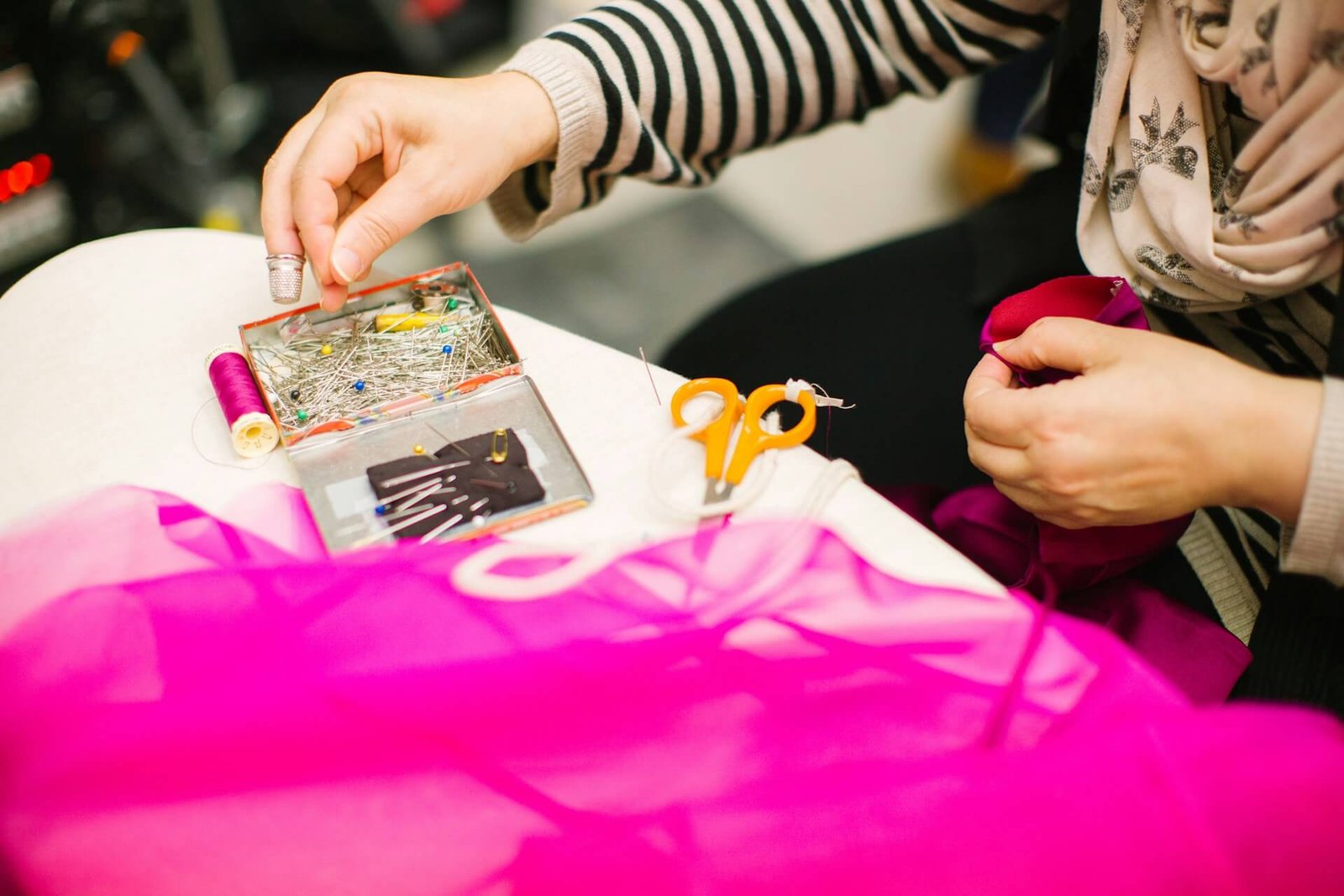Major design your own clothing manufacturers use digital printing techniques for sample development in a systematic and precise manner. Here’s an overview of the typical process:
- Receiving Design Files: Design files are submitted by the designer or client. These files contain the artwork, patterns, and specifications for the clothing samples. The manufacturer typically requires digital files in formats like AI (Adobe Illustrator), PSD (Adobe Photoshop), or high-resolution image files. These are usually called Tech packs.
- File Preprocessing: The manufacturer pre-processes the design files to ensure they are ready for digital printing. This may involve adjusting the resolution, resizing, or repeating patterns as necessary.
- Color Calibration: Calibrating the color profiles is a crucial step to ensure that the digital printer reproduces the colors accurately. This involves creating a color profile that matches the client’s expectations and getting it approved through strike offs
- Material Selection: The manufacturer works with the client to choose the appropriate fabric or textile for the sample. The material must be compatible with digital printing, as different fabrics may require different pre-treatment processes.
- Pre-Treatment: In some cases, especially for natural fibers like cotton, the fabric may require pre-treatment to enhance color penetration and adhesion. This step ensures the best color vibrancy and durability.
- Digital Printing: Using specialized digital textile printing equipment, the manufacturer prints the design directly onto the fabric. This process is highly precise and allows for intricate and full-color designs.
- Quality Control: The first sample produced is thoroughly inspected for quality. The sample is checked for color accuracy, print resolution, and overall printing quality. Any issues are noted for correction.
- Sample Creation: Once the printed fabric passes quality control, it is cut and assembled to create the clothing sample. The manufacturer follows the client’s specifications for garment construction.
- Additional Processes: Depending on the design, additional processes like adding zippers, buttons, labels, or other embellishments may be necessary. These are carried out in accordance with the client’s requirements.
- Final Inspection: The completed clothing sample undergoes a final inspection to ensure that all elements of the garment meet the client’s expectations, from the print quality to the stitching.
- Client Review: The manufacturer shares the sample with the client for their feedback and approval. If any adjustments are needed, they are made at this stage.
- Revisions and Feedback: If the client requests revisions, the manufacturer makes the necessary adjustments and repeats the printing and sample creation process until the client is satisfied.
- Production Run: Once the sample is approved, the manufacturer can proceed with a larger production run if required. The approved sample serves as a reference for mass production.
- Packaging and Delivery: The manufacturer packages the final products according to the client’s instructions and delivers them to the client.

Throughout the entire process, open and clear communication between the clothing manufacturer and the client is essential to ensure that the sample development aligns with the client’s vision and expectations. Digital printing allows for greater flexibility and customization in the sample development process, making it an attractive choice for fashion designers and clothing manufacturers.




